Guitar effects come in the form of a foot pedal with control knobs, buttons, and switches, and are often placed on the floor for easy access. They’re usually organized on a custom-made “pedalboard” and guitarists simply step or kick on the pedals with one foot to enable and disable them throughout a song or show.
Pedals manipulate the sound of your guitar tones to create special sound effects and even help improve your overall sound by helping you tune your guitar, alter your volume, or even eliminate unwanted noises, for a more polished, overall sound. They all work well for both electric, bass, and acoustic (with pickup) guitars, some of them even with keyboards.
And if you’re already a professional guitar player, you might be wondering which pedals you should get for your pedalboard. Whether you’re just starting out or filling up your pedalboard, you’ll find this list of essential guitar pedals quite useful.
But before we get into that, let’s discuss the things that you need to consider before purchasing a pedal:
Things to consider when choosing guitar effects pedals
Any guitarist can purchase all of the pedals on this list. But let’s face it—that can be a waste of hard-earned money, since some of them don’t come cheap, and depending on your skill level or whether you play actual gigs yet, you probably won’t need all of them.
Consider the following factors before making a purchase:
Type of music
As with purchasing any other accessory or gear, it’s your responsibility to learn about the different types of pedals available in order to figure out what you really need. You can build a pedal collection that you can truly utilize if your choice depends on the type of music you like playing.
Quantity
Some pedals produce similar sounds, so you can usually do away with just one of the same kind instead of investing in two pedals. For example, an overdrive pedal can have a knob that you can use to adjust the amount of distortion for your guitar, so you just might be able to go without a separate distortion pedal.
Choosing fewer pedals means you’ll have a lighter load and a smaller pedal board.
Size & Portability
Most pedals come in lengthwise, rectangular shapes and can be somewhat heavy. Imagine having to lug around a bunch of pedals to different shows. Some pedal types come in much smaller and more compact sizes. You may want to go for those if you’re going for a collection of more than 10 pedals.
Pedalboard
Your pedalboard size obviously depends on how many pedals you have, so you’ll definitely be needing a larger one to accommodate more than 5-10 pedals. However you arrange them, it’s important that the final pedalboard works for you and won’t be an inconvenience to use, especially during live shows.
Extra tip: If you’ll be having more than a handful of effects pedals, you can always invest on a True Bypass Looper. It’s usually a long strip of footswitch placed at the bottom or in the middle of your effects pedals, so it will likely eat up a lot of space on your pedalboard. However, it’s particularly helpful for giving you easy access to a combination of effects into one footswitch so your signal doesn’t have to pass through each and every pedal, thus giving you a cleaner and more solid long signal chain.
Band
If you’re part of a band that has another guitarist aside from you, you should also consider his pedals and how the two of you are going to work with each other in terms of sound effects in every song.
Unique sound per player
Getting a guitar sound effects pedal won’t magically turn you into your rock idol. Remember, pedals are just accessories and the overall sound that you will produce still greatly depends on how you play and use them.
15 Must-Have Guitar Effects Pedals
- Distortion Pedal
- Overdrive Pedal
- Fuzz Pedal
- Delay Pedal
- Reverb Pedal
- Wah Pedal
- Chorus Pedal
- Phaser Pedal
- Flanger Pedal
- Octave Pedal
- Tremolo Pedal
- Tuner Pedal
- Noise Gate Pedal
- Acoustic Pedal
- Volume Pedal
1. Distortion Pedal
The distortion pedal is one of the most popular guitar foot pedals among aspiring and professional guitarists. If you’re at least somewhat interested in electric guitars, you’ve most likely heard about this one, and in over a hundred songs. It’s that heavy, aggressive sound that defines alternative rock and heavy metal music. The only arguable downside is that it ends up hiding the actual tone of the guitar.
Why you need this: It gives your music an instant “rock” sound by adding sustain and crunch to your guitar tones.
Works well with: Chorus, Wah, and Delay pedals
2. Overdrive Pedal
Like the distortion pedal, the overdrive pedal is a common favorite for its versatility. In fact, it’s sometimes confused with the distortion pedal for producing a similarly crunchy and gritty sound that adds energy to your guitar tones. However, it provides more sustain and keeps more of the sound of your amplifier and guitar. It’s often used for classic rock and blues, but is also good for pop, funk, and country music.
Why you need this: Professionals never go without overdrive and distortion pedals and effects, especially with the former providing a milder distortion that’s perfect for light rock and solos (think Aerosmith).
Works well with: Echo-y pedals, such as Reverb
3. Fuzz Pedal
Like the first two pedals, the fuzz pedal falls under the “dirt” category of guitar effects pedals. It provides the most extreme of effects as it produces that signature heavy metal rock sound and creates discreet buzzing sounds. It’s comparable to heavy bass, but grungier, making original guitar tones harder to distinguish.
Why you need this: If sounding like you’re busting the amplifier is your thing (like Jimi Hendrix in the 1960s), then this pedal is for you.
Works well with: Swirly effects, such as Delay
4. Delay Pedal
The delay pedal literally delays your guitar’s sound signals and plays it back. The pedal typically offers control over the sound volume, the number of repeated sounds (playbacks), as well as the time intervals.
Why you need this: It’s great for creating experimental sounds and smoothing out your guitar solos. The sound it produces will probably be enough to convince you.
Works well with: Fuzz, Distortion, and Phaser pedals
5. Reverb Pedal
Reverb creates an echo effect, but the sound is more natural than the Delay. Amplifiers normally have knobs to control this, but having a reverb pedal produces a more professional sound, especially for clean guitar tones. Unlike “dirt pedals,” the reverb is often used in conjunction with other pedals and effects to complement other tones.
Why you need this: It effectively creates an atmosphere for your audience, whether you’re playing a note or a full rhythm.
Works well with: Dirt pedals, most especially Overdrive
6. Wah Pedal
The Wah pedal effect is one of the easiest to distinguish, due to the “wah” sound that it creates with every step of the pedal. Unlike other pedals, you manually step on the wah pedal for the higher pitched, obvious “wah” noise and release for the “wu” noise.
It’s one of the best guitar effects for those who like funk, soul, rock, and metal. No wonder Jimi Hendrix, Metallica, and a myriad of other rock legends used it profusely back in the day. While it deserves a place on your pedalboard, it should be noted that using the wah pedal may need some practice to achieve your desired sound.
Why you need it: It serves as your treble bass filter that emphasizes your sound to make it more “vocal.” Some say it’s specially made for memorable rock solos, but they also add significant improvement and drama for rhythms.
Works well with: Distortion and Phaser pedals
7. Chorus Pedal
The chorus pedal is another complementary special effects device that gives your music a more dramatic effect. Simply put, it makes one pluck of a string or strum of a chord sound like it’s being replicated by many other guitarists in the background, only slightly off-timing. The result creates a shimmering, swirling effect similar to a 12-string guitar, or the music that made Prince, The Police, and even The Cure popular in the 1980s.
Why you need it: It creates a thicker and richer 12-string guitar sound that’s perfect for rhythms.
Works well with: Dirt pedals
8. Phaser Pedal
The phaser pedal sounds quite like the chorus pedal, except that it also creates distinct sweeping sounds with alterable peaks and roughs in the guitar tone. The speed or rate of the sounds can also be adjusted with the knob on the pedal surface. The phaser pedal effect is best noticeable when a single note or chord is played repeatedly.
Why you need it: It creates that spaceship-y sound that Eddie Van Halen made famous in the 1970s onwards—enough said!
Works well with: Distortion and Delay pedals
9. Flanger Pedal
The flanger sounds like an automated Wah pedal, but the sound doesn’t go that far. It’s also like a phaser in the way that it produces swooshing sounds and makes the pitch go up and down, like a plane flying past. The sound is thicker and more obvious compared to the phaser. Also, instead of working on a phase delay, the flanger works on a time delay.
Why you need this: Van Halen also created his signature sound with the flanger, so it’s bound to make your music stand out. It’s perfect even for modern metal, grunge, and even funk.
Works well with: Dirt pedals
10. Octave
From the keyword “octave,” which refers to the interval between two notes of the same musical pitch class, the octave pedal supplies notes that are one octave higher or lower than what you are playing. This pedal alone can give you a fuller and thicker sound, and is also good for creating unusual guitar tones.
Why you need this: It’s capable of providing you with a bass tone, so you can practically play some two-man band music.
Works well with: Overdrive, Reverb, and Delay pedals
11. Tremolo Pedal
This pedal emulates the “tremolo bar,” only a little better. It gives you a wobble sound that results from fluctuating volumes. The controls on tremolo pedals allow you to change the frequency and amount of the volume change. It’s not too far from the previous “synth” pedals (chorus, phaser, and flanger) but the resulting sound is quite distinct once you get used to it.
Why you need it: The tremolo pedal creates a unique sound that may just define your next song and music style.
Works well with: Dirt pedals
12. Tuner Pedal
Tuner pedals don’t actually create guitar sound effects. Nonetheless, it improves your effects and overall sound by helping you execute one of the most crucial (and arguably the most challenging) tasks for every guitarist: tuning your guitar strings. For a pedal like the TC Electronic Polytune, a simple strum of your open strings allows the tuner pedal to show you which strings are out of tune on its screen, so you can quickly and accurately tune them until the pedal screen light turns green.
Why you need it: Tuning can be particularly hard in the middle of the show, and the tuner pedal allows you to tune even without having to emit sounds from your guitar. Amazing, right?
Works well with: Your guitar!
13. Noise Gate Pedal
Even if you already have a True Bypass Pedal that cleans your long chain sound signals, a noise gate pedal is still particularly helpful for hiding those buzzing and humming sounds when you’re not playing. What it does is basically cutting off all sound coming from your pedals and into the amp when your guitar is silent.
Why you need it: There’s nothing more distracting than the sound of bees inside your amp when you’re giving a spiel.
Works well with: Multiple pedals on your pedalboard
14. Acoustic Pedal
If you’re into going full metal all the time, this pedal may not be for you. However, for most electric guitar players, there are times when they want to play acoustically but can’t with their current gear. By using this pedal, your electric guitar sound is changed to sound like an acoustic guitar, although it’s still noticeably simulated compared to the real thing.
Why you need it: It gives you the sound of an acoustic guitar with a simple step of the pedal. And even if you did have an acoustic guitar, quickly switching from acoustic to electric can be hard and distracting, especially during live performances when you’re the only guitarist on stage.
Works well with: Synth pedals, such as Chorus, Reverb, and Delay
15. Volume Pedal
The volume pedal doesn’t actually create sound effects either, but gives you an alternative control over the volume of your guitar, especially when your hands are too busy playing. It works simply by adding and decreasing the pressure on the pedal using your foot.
Source: adorama.com

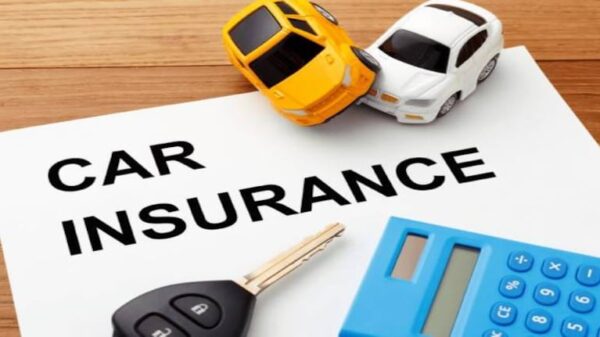


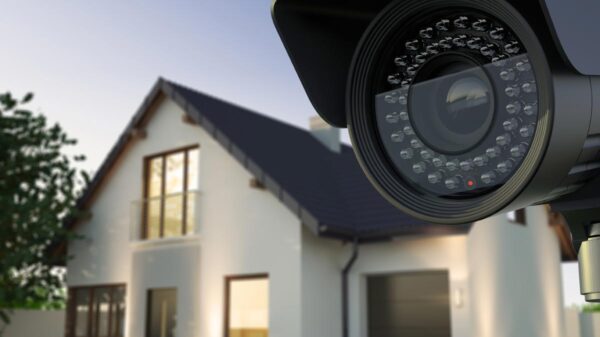



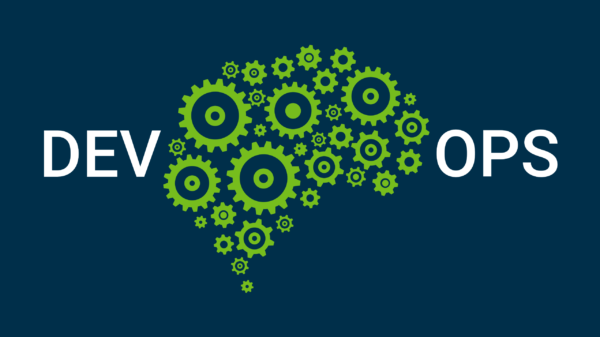
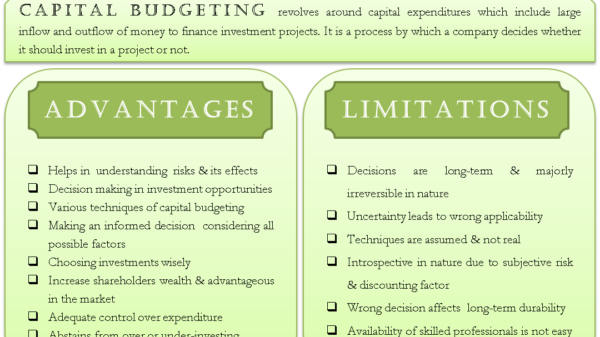
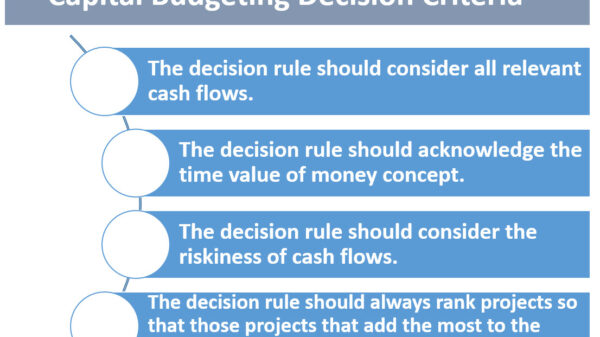






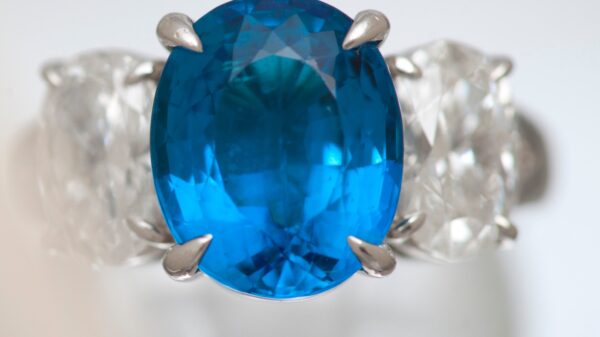




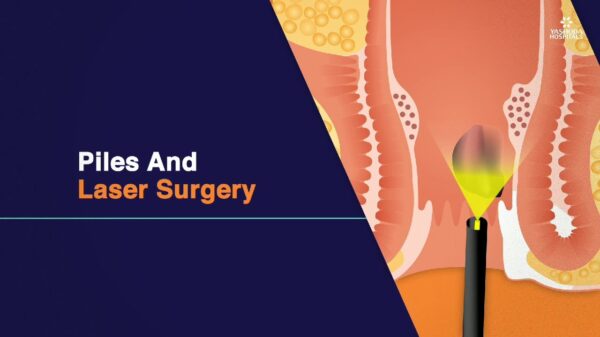
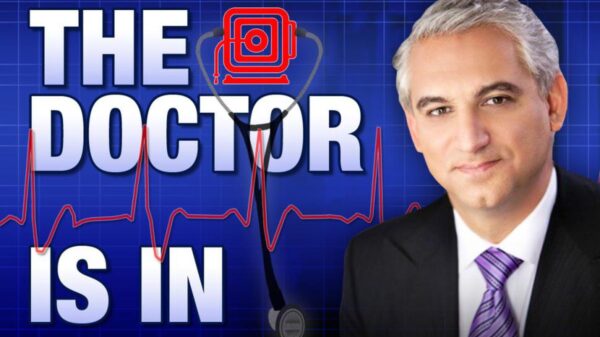


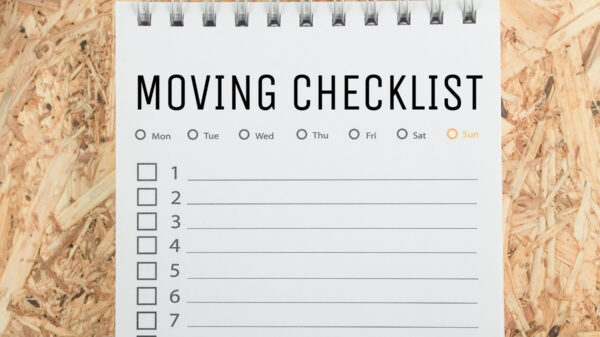


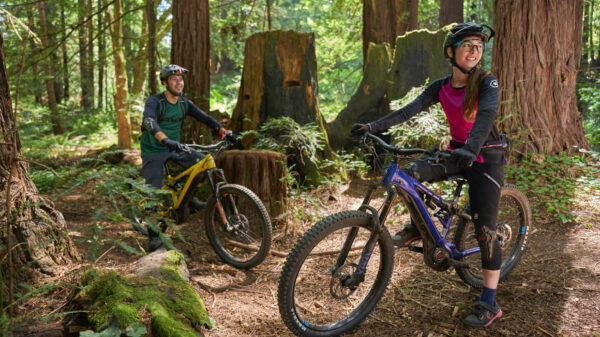

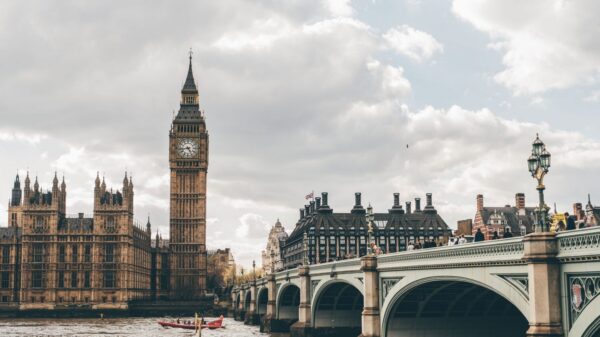
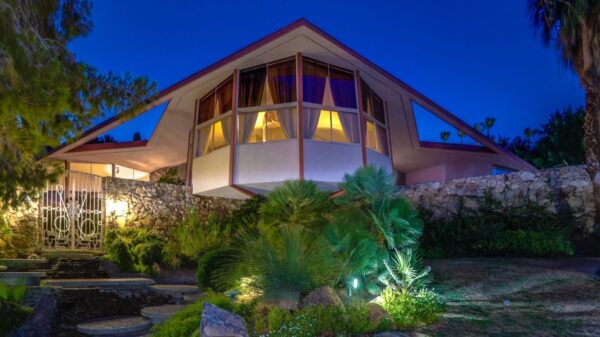



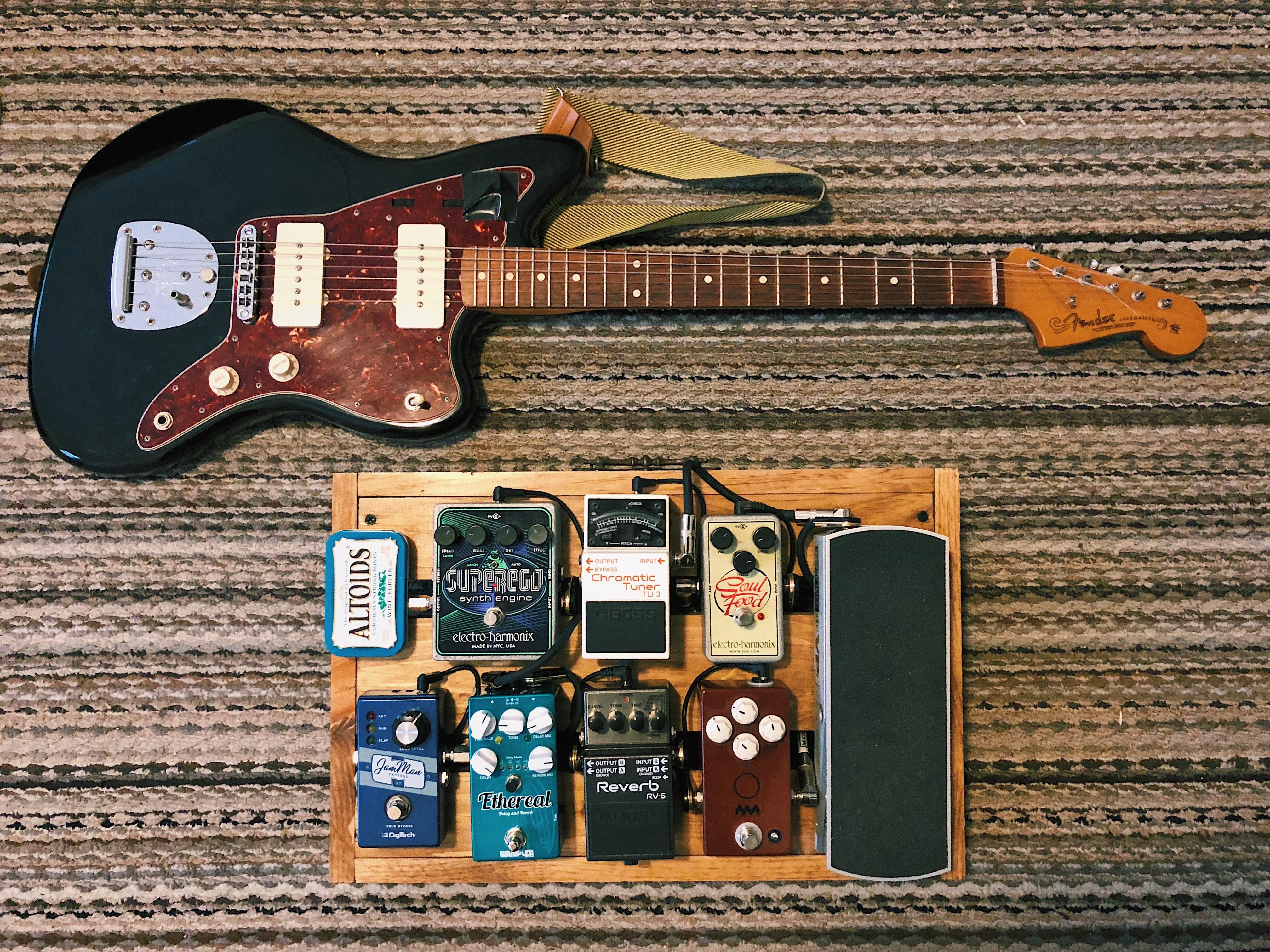




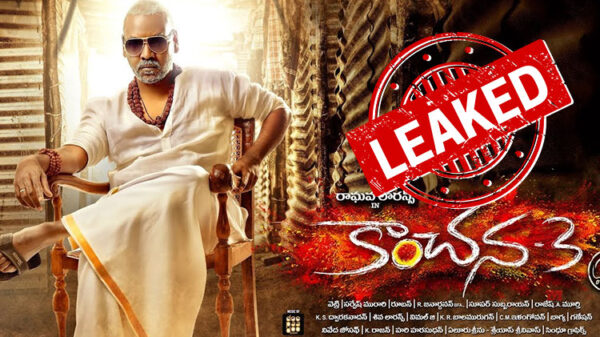
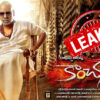
You must be logged in to post a comment Login